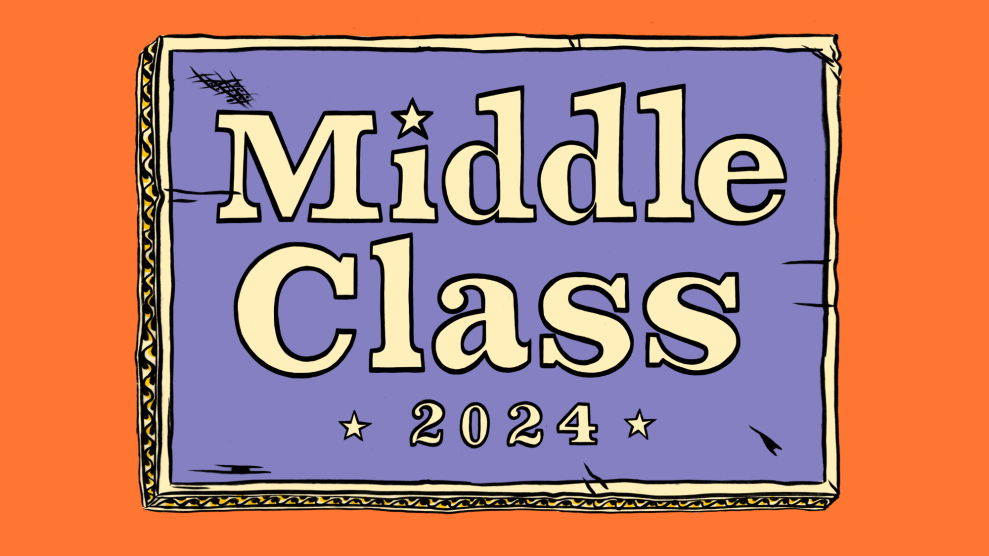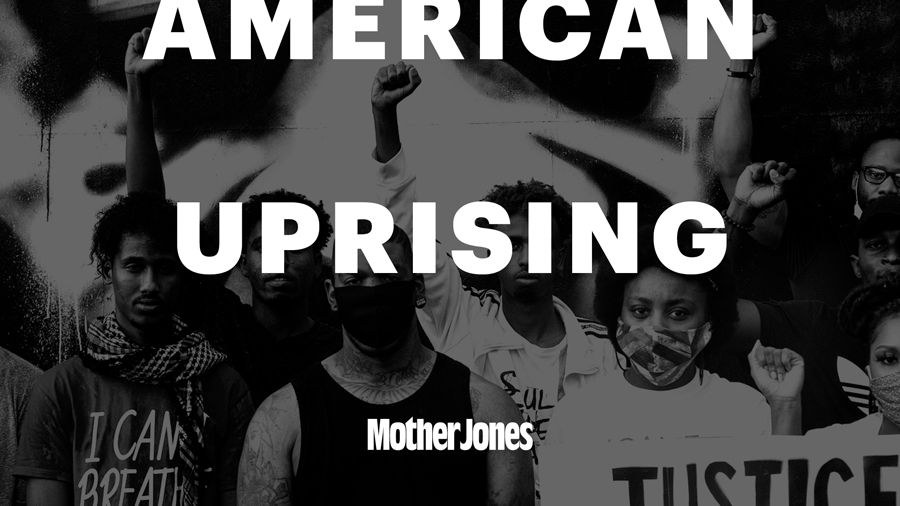In the issue that hits doorsteps this Sunday, the New York Times Magazine has published a two-year investigation by Dr. Sheri Fink, a staff reporter with the nonprofit investigative journalism shop ProPublica, into the claims that Dr. Anna Pou and other medical personnel at New Orleans’ Memorial Hospital, euthanized patients after the hospital was flooded, supplies ran out, and the staff struggled to treat scores of patients who were not evacuated.
The piece is great, and will be (damn them) hard to beat when the American Society of Magazine Editors hands out its annual award for public interest journalism. (And then there’s that little thing called a Pulitzer.) Not only because it reveals facts that many other news stories as well as a grand jury investigation failed to unearth, but also because it somehow allows you to feel both sympathy for and horror at the doctors’ actions. It also reveals how various philosophies of triage conflict with each other, and how little training doctors have with any of them. Read it and take a look at all the nifty online extras, too.
So: what does a piece like this cost? In one of those “get to know a Times staffer” Q&As, Gerry Marzorati, the NYTM’s editor said that he and the editors of ProPublica did a back of the napkin calculation. Upshot: $400,000.
Now, that sounds like a lot. It is a lot. Gerry has said before that most NYTM cover stories average out at @ $40K, which is the average per-issue edit buy budget for this magazine. But reading the piece, the price tag didn’t surprise me. And if it surprises you, it’s because most people don’t realize how expensive and laborious investigative journalism can be. So to help folks understand, I asked Gerry to break down the $400,000. He obliged, emailing:
Ok, roughly:
2 years of reporting by a staff writer, full-time: 200k
Editing for that period by 2 ProPublica editors: 30k
Lawyering hours at ProPublica: 20K
Editing hours at the Times magazine over past year (from me to copy editors, 5 editors in all involved): 40k
Times fact-checking: 10k
Photography fees plus expenses: 40k
Times lawyering fees: 20k
Web and Web graphic costs at both the Times and ProPublica: 10k
Cost of adding 6 pages to the feature well to accommodate story: 24kTotal: 394k
Now Sheri got a grant during one of those years from the Kaiser Foundation, meaning some smallish portion of the overall cost was not carried by the NYT or ProPublica. And Sheri did report some other stories for PP during this time. But balance against that what’s not included in this rough calculation: proportional overhead for both organizations including rent, equipment, travel costs, libel insurance (there’s a reason a story like this gets so much attention from lawyers), distribution, servers, etc.
My point? This story—which could result in criminal prosecutions and should result in a national conversation among doctors and hospitals around their triage and emergency procedures—is the kind of work that is in peril now that the financial underpinnings (i.e. advertising) for journalism have collapsed. Bloggers and commenters and citizen journalists can’t take on a project like this. They can add to it, amplify it, criticize it, and generally run with it, but a project like this requires consistent, institutional teams of reporters and editors and factcheckers and lawyers and web dudes. In our most recent editors’ note, Monika and I explain what’s going on to the media and the threat that the collapse of institutional reporting poses to a healthy democracy, concluding:
What it’s going to take [to turn things around] is for many more Americans to decide that quality reporting—be it on local school boards or Iraq or climate negotiations—is as vital to their lives as box scores and celebrity spats. As media theorist Clay Shirky recently wrote, “Journalism is about more than dissemination of news; it’s about the creation of shared awareness,” and ultimately the ability to act on that awareness. Because make no mistake: This is a zero-sum equation. Less journalism = less accountability. Corruption, nepotism, cronyism, and propaganda thrive when reporting dies. That’s not a price we’re prepared to pay.
Update: Zach Seward of Niemam Jounalism Lab (@NiemanLab and one of my favorite sources on media news out there), also dug into the numbers on Friday—a post I surely would have seen and linked to had we not had a server implosion. Read Zach’s post, he poses some interesting questions about measuring cost-benefit analysis, when costs are shared.
Clara Jeffery is Co-Editor of Mother Jones. You can follow more of her stories here and follow her on Twitter here.







